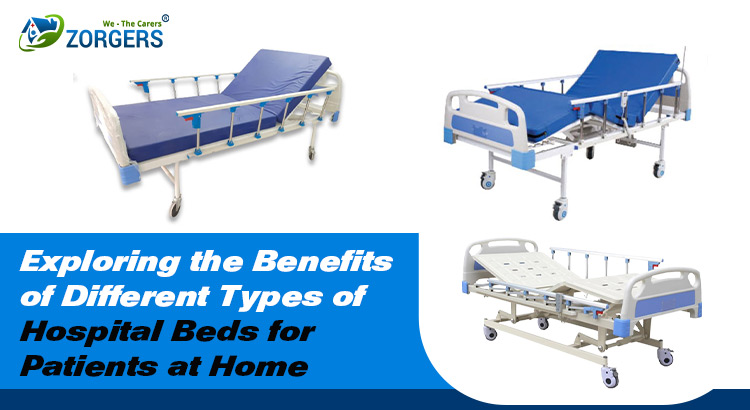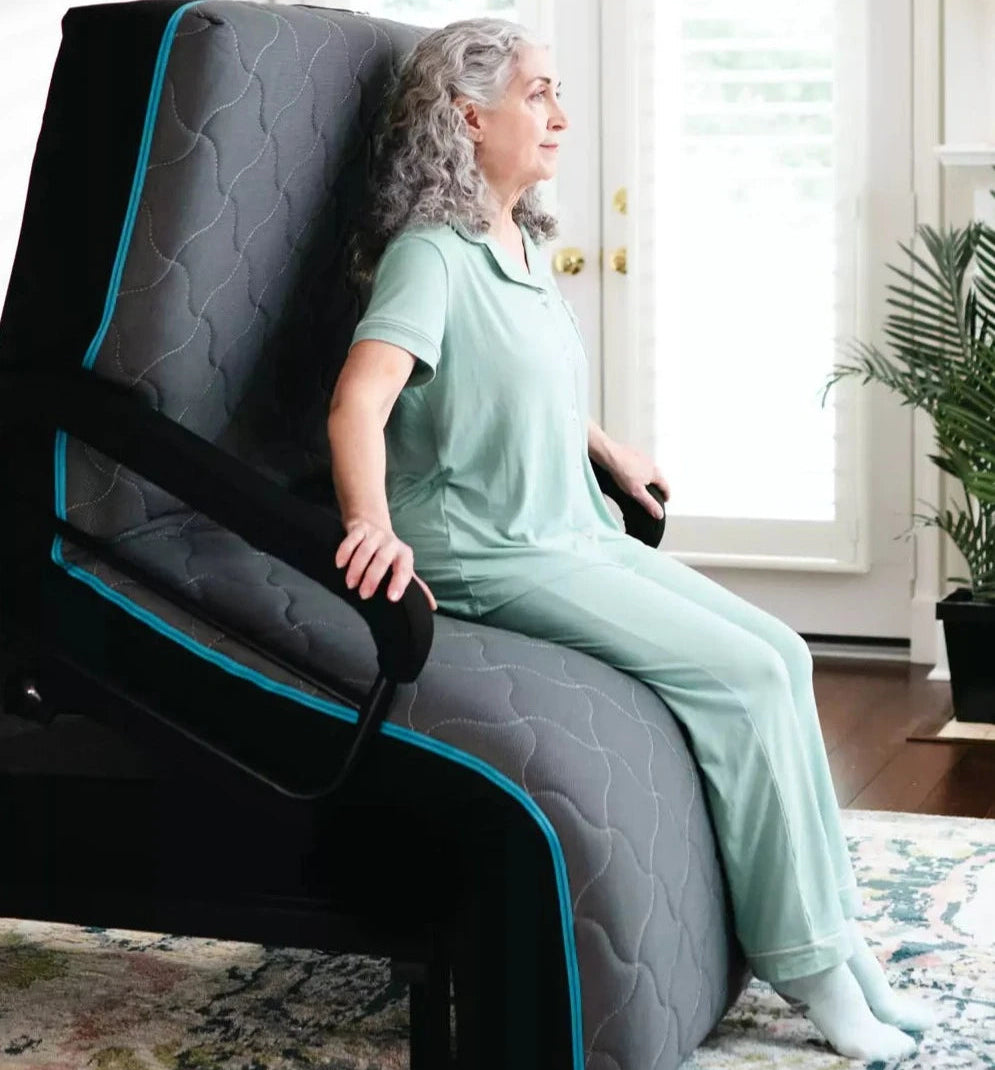Hospital Beds For Home Use - The Facts
Hospital Beds For Home Use - The Facts
Blog Article
The 5-Minute Rule for Hospital Beds For Home Use
Table of Contents7 Simple Techniques For Hospital Beds For Home UseMore About Hospital Beds For Home UseFacts About Hospital Beds For Home Use RevealedWhat Does Hospital Beds For Home Use Do?The smart Trick of Hospital Beds For Home Use That Nobody is Talking AboutAn Unbiased View of Hospital Beds For Home UseRumored Buzz on Hospital Beds For Home Use
Next, we will certainly discover the features, makes use of, and Pros and Disadvantages of each kind of medical facility bed in deepness. A manual medical facility bed is the many basic kind of hospital bed, and all adjustment functions are attained through a hand-cranked tool.These hand-cranked tools are normally installed at the foot or side of the bed, and the caretaker or client can readjust the elevation or tilt angle of the bed by trembling the deal with. Since no electrical parts are required, are generally less expensive than electric medical facility beds, ideal for clinical institutions or families with limited budgets.
Some Ideas on Hospital Beds For Home Use You Should Know
For patients who require to adjust their pose or elevation frequently, hand-operated beds might not be convenient enough since each adjustment needs manual operation. If the bed needs to be changed regularly, nursing personnel might need to invest more physical stamina to run the hand-cranked tool - hospital beds for home use. Guidebook beds are typically appropriate for individuals in the healing period or occasions with low nursing demands
Generally, the modification of the back and legs is controlled by electric motors, while the general elevation change still needs to be done by hand. The purpose of this style is to lower prices and power intake while keeping high operational comfort. Compared with hand-operated hospital beds, semi-electric hospital beds are easier in changing the back and legs, specifically for individuals who require to adjust their position regularly.
Since just some features count on electrical energy, semi-electric medical facility beds eat much less power during usage. Because the general height still needs to be changed manually, it may not be as convenient as completely electric medical facility beds for people who require to adjust the bed height frequently. Contrasted with hands-on health center beds, semi-electric health center beds are somewhat much more complicated to operate, requiring individuals to understand the mix of electrical and hands-on procedures.
Electric healthcare facility beds have high change accuracy and can be precisely changed to a details angle and height according to the needs of clients to provide one of the most comfortable assistance. All-electric healthcare facility beds are generally geared up with a range of added functions, such as built-in scales, bed mattress pressure modification, etc, to fulfill the unique requirements of different patients.
The Main Principles Of Hospital Beds For Home Use
A reduced bed is a specifically created hospital bed that can be changed to an extremely reduced level, normally just a few inches from the ground. The purpose of this design is to minimize the risk of patients falling from the bed, especially for individuals who are at threat of dropping, such as the senior or people with restricted wheelchair.

Hospital Beds For Home Use Can Be Fun For Anyone
provide a care atmosphere appropriate for youngsters's elevation and body form, raising the convenience and safety and security of children. Some pediatric beds are likewise furnished with vibrantly tinted bed rails or anime designs to reduce the concern of youngsters in the medical facility environment. For kids that require to remain in bed for a long time, pediatric beds are generally furnished with anti-bedsore cushions, adjustable bed rails and other features to give comprehensive treatment support.
The delivery bed is additionally equipped with postpartum recuperation functions, such as bed mattress modification, bed home heating, etc, to assist moms recuperate much faster. The extensive treatment bed (ICU Bed) is developed for the critical care unit (ICU) and has extensive surveillance and nursing features. This kind of bed is usually furnished with user interfaces for a variety of surveillance devices, which can keep track of the individual's important indications in live, such as heart price, high blood pressure, respiration, and so on.
Hospital Beds For Home Use for Beginners
The intensive treatment bed has a totally electric change function, which can rapidly readjust the angle and placement of the bed to fulfill the demands of various therapies and care. The layout of ICU bed considers the demand of rescue procedure. The bed can be rapidly adapted to one of the most suitable rescue stance and accept the use great site of rescue devices.
It can properly separate clients from the outdoors and reduce the danger of infection transmission. Seclusion beds are typically equipped with unique bed curtains or securing covers and linked to air purification systems to maintain the air around the bed clean. Seclusion beds are specially designed to prevent the spread of virus from infectious official site individuals and protect the security of various other people and clinical personnel.
Isolation beds are geared up with air filtration systems that can filter microbes and particulate issue in the air to keep the air around the bed clean. Elevated and decreased manually by a crank or a hand-held control. Crank, hand-held control, manual laborRaised and lowered using an electrical motor. Can also be changed to various placements.
Some Known Details About Hospital Beds For Home Use
Wider and sturdier than a conventional bed. Obese, obesity, client sizeDesigned for clients in jeopardy of dropping out of bed. Reduced to the ground than a basic bed. Person falls, bed heightDesigned for children. Smaller in size than a common bed. Pediatrics, child-sized equipmentUsed during giving birth. Equipped with attributes such as braces and a headrest.

In a healthcare setting, choosing the right bed can not only boost the effectiveness of treatment, however also substantially boost client convenience and safety and security. By recognizing the kinds and usages of these beds, medical care centers and household caregivers can much better support and take care of their people.
The Buzz on Hospital Beds For Home Use
HomeCare Hospital Beds, a department of DiaMedical United States, is dedicated to giving full openness for its customers. Clients can be overwhelmed by the various choices in lengthy term care items, and HomeCare Health center Beds is devoted to simplifying this process, while ensuring customers obtain the information and assistance they require.
(DME) that your doctor prescribes for use in your home. Medicare pays for different kinds of DME in different means.

Report this page